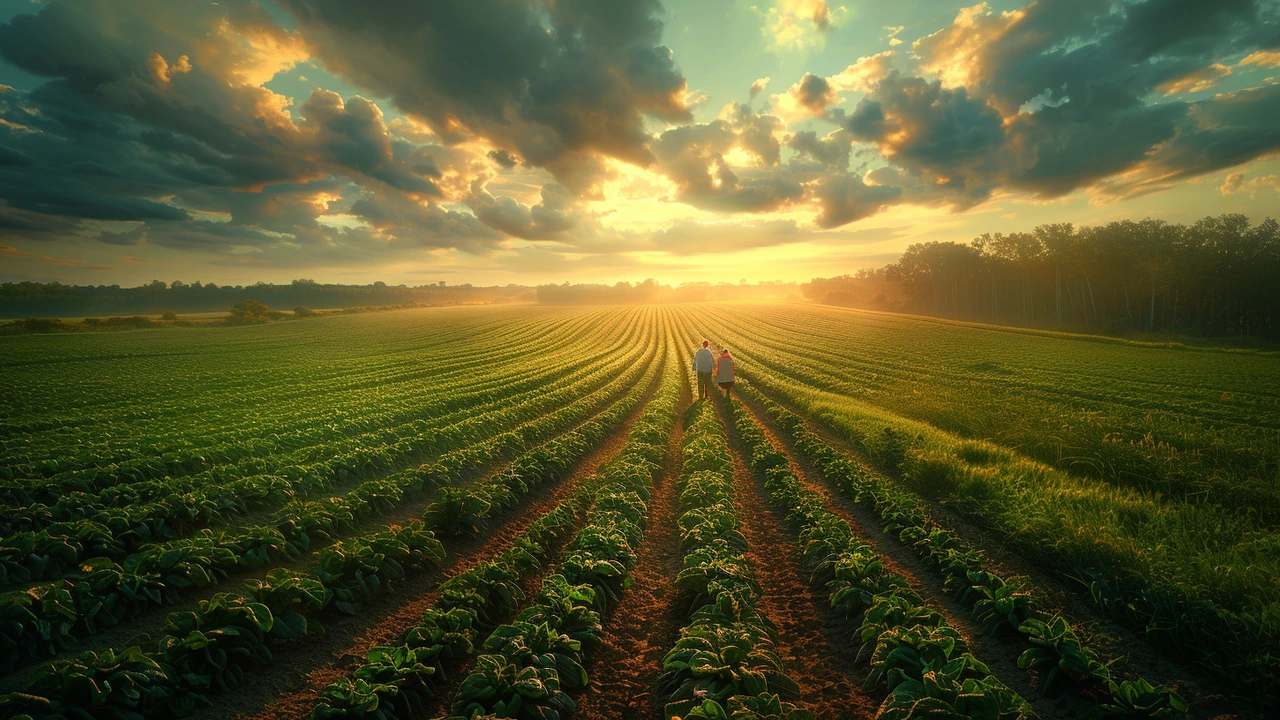IUCN: What You Need to Know About Conservation and Global Efforts
If you've ever wondered what the International Union for Conservation of Nature (IUCN) actually does, you're in the right place. The IUCN plays a big role in protecting wildlife and natural habitats worldwide. Their work touches on everything from saving endangered species to pushing for sustainable land use.
The IUCN Red List is among their most famous tools—it tells us which animals and plants are at risk and helps guide conservation priorities. This list is updated regularly based on global research, and it influences policies and actions everywhere.
Why IUCN Matters in Today's World
Climate change, deforestation and human expansion constantly threaten nature. IUCN’s role is huge because they bring together governments, scientists, and local groups to create solutions that really work. Whether it’s protecting a habitat or supporting sustainable development, their efforts aim to balance nature and human needs.
Also, the IUCN organizes international conferences that set future goals for conservation. These meetings often lead to agreements that impact laws and funding worldwide. Without their coordination, many conservation projects would struggle to get the attention and resources they need.
How You Can Stay Updated and Get Involved
Keep an eye on reliable news sources like Cape Sun News for updates on IUCN projects and environmental policies. Staying informed helps you understand the ongoing challenges and successes in conservation. Even small actions, like supporting local wildlife initiatives or spreading awareness, can contribute to global efforts.
At the end of the day, IUCN’s work affects us all because a healthy planet means a better life for everyone. Curious about how these big efforts connect to local news or events? That’s exactly what following these updates will show you.
IUCN Director General Advocates for Urgent Land Restoration on World Environment Day 2024
On World Environment Day 2024, the IUCN Director General underscored the critical need for land restoration to counteract deforestation and unsustainable agriculture. With 40% of global land degraded, restoration efforts like the Bonn Challenge aim to heal ecosystems and support vulnerable communities. A call to action was made for global dedication to reverse land degradation for climate resilience and sustainable development.

